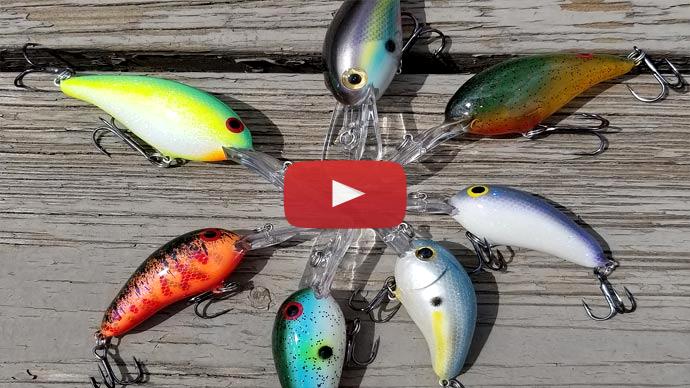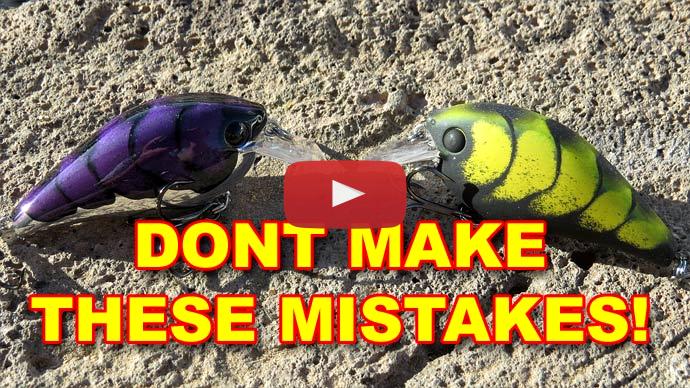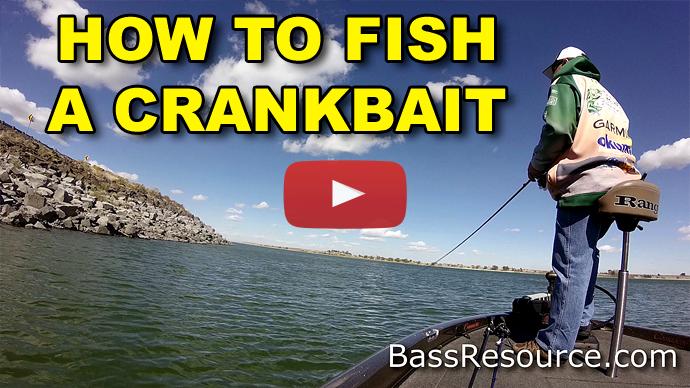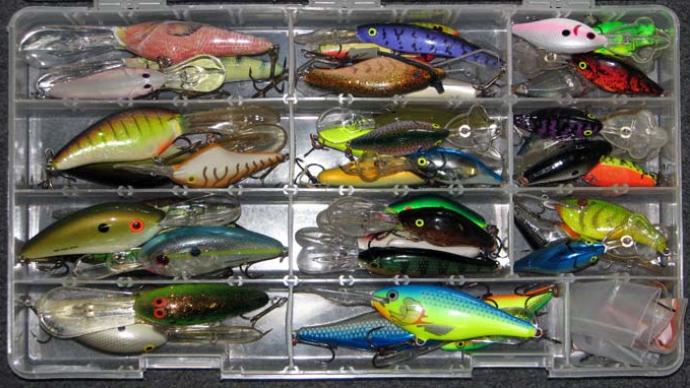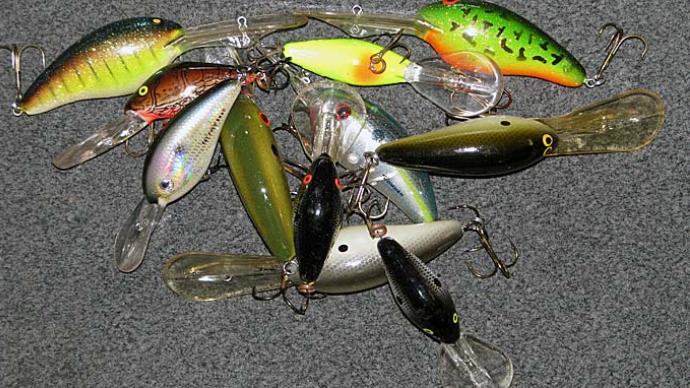If I was going to give someone a fishing tip, probably the most important tip I could give anybody is if they're going to go fishing and they want to catch fish, the first thing they have to have is a lot of patience and they got to have a lot of confidence.
Every cast you make you got to be thinking in your mind, I'm going to get bit. I'm going to catch one. And sooner or later you're going to catch one. But if you go out there with a negative attitude and you don't have a lot of patience, and you fish too quick, and you pick up and go constantly, just running from here and running from there instead of fishing, you're going to catch a lot more fish if you spend a lot more time fishing instead of behind the console.
They say, I never, deep diveing crankbaits is my worst trait. I just can't catch fish on them. And one of the main problems about that is deep diving crankbait fishing is work. It really takes a lot out of you, and you're got to have patience. And people just pick a deep diving crankbait up and throw it for about 15 or 20 minutes, and they're tired, and if they don't get a bite they don't want to keep doing it. They'd rather pick their plastic worm back up and go back to beating on the bank.
So, that's probably the most of the people that come; the deep diving crankbait is the main thing they want to do. They want to catch fish on deep diving crankbait. Crankbait a lot of times is just, anybody that can cast a rod and reel can catch a fish on it, because it's got two treble hooks on it, and if you throw it in the right place, they'll bite it. But there are a lot of times when you got to finesse the crankbait just like a jig, or plastic worm, or anything else.
You got to get it down in the cover and work it through the cover and figure out the way that bait's got to work--and the action the fish want on the bait. A lot of times you can't just reel it constantly. You have to do a stop and go, you got to work it through the cover. For the lake that I live on, where I conduct these fishing lessons, there's a lot of timber. And crankbait and timber don't mix, usually. They mix good to catch fish out of, but you hang up a lot.
And that's teaching people to be able to walk a crankbait through brush and stuff, and not get hung up near as often. You're going to get hung up some, but to not get hung up all the time is one of the key things to learn in the fishing of crankbait. And even in grass, you got to figure out a way to get as many casts as possible, or complete a cast without fouling your bait up in grass and stuff. There are a lot of ways to do that, and it takes patience.
When it comes to taking my class the first thing they do is when that bait starts running into timber is they pull back. And that is a sure-fire way to hang the crankbait up. That bill, the design on that bait is diving like this, and that bill is the first thing that hits that piece of cover. So if you have your rod pointed at your bait, most of the time when you're reeling that bait, and that lip starts getting on that limb, if you'll just kind of start walking it over that limb, that's normally when the strikes are going to happen--when that thing swims off away from that limb, when it kind of darts away from it. That's when one of the fish comes out and hits it.
But if you throw out there, and you're walking it, and cranking that bait back, then just as you start to feel limb, if you pull like that, set the hook in any way, you're going to just hop that bait, the bill right over that limb. The first thing that's going to happen is that hook's get hung up in the limb. So, you got to have some feel at crankbait fishing just like you do jig fishing, or worm fishing, or anything else. You got to know what that bait's doing down there and when it's hitting the right stuff.
When I set that record on Falcon, there was some rock, a little bit of jagged rocks sticking off the edge of the point. And I had to hit that rock constantly. I had to make the right cast to make that bait get down there and hit a jagged point on the rock and in seventeen feet of water. But I could tell when that bill started getting down there and starting to come over that rock. I had to have the right retrieve and be paying attention, and all of a sudden that bait would just load up with a big fish. If I ripped it through there, they wouldn't bite.

